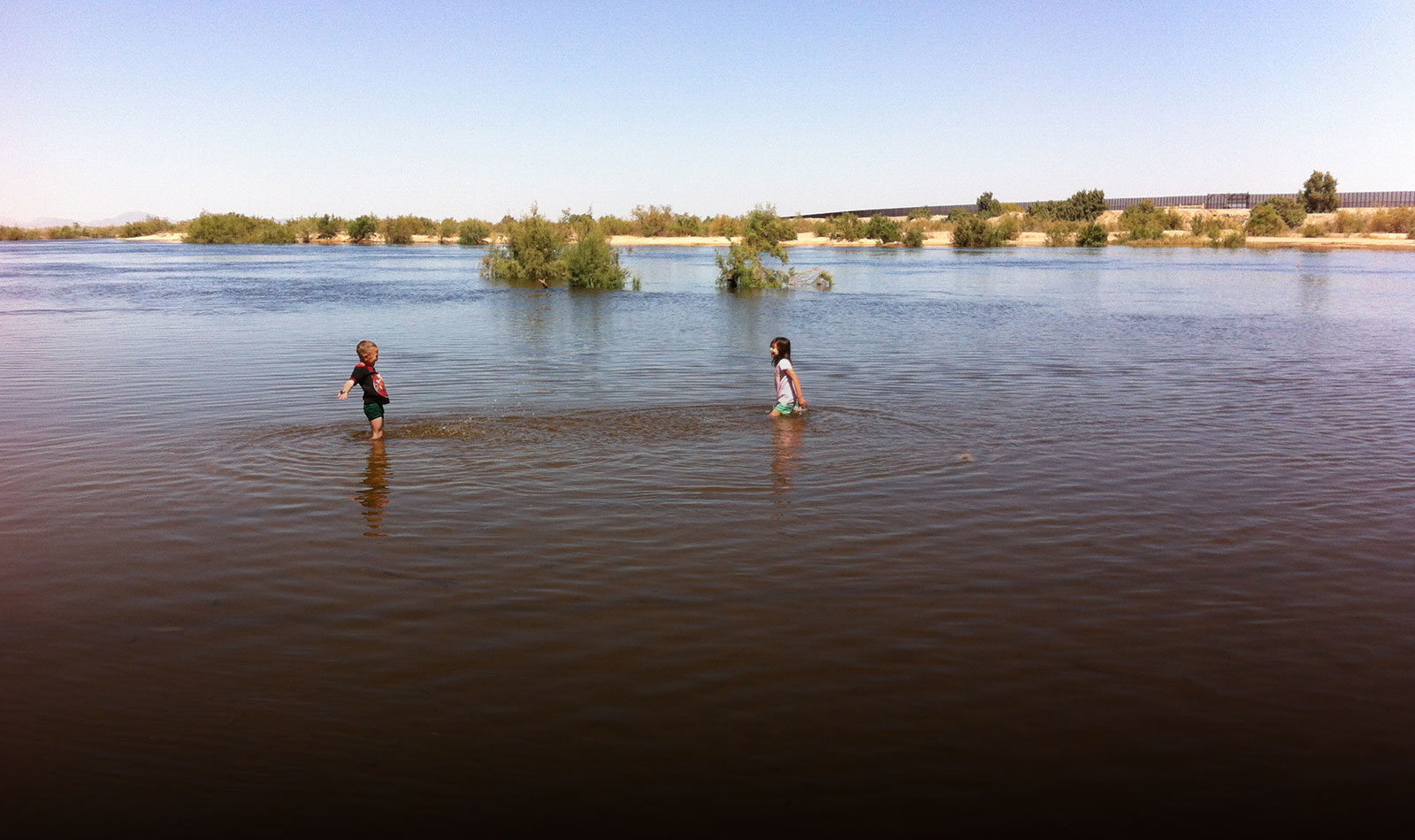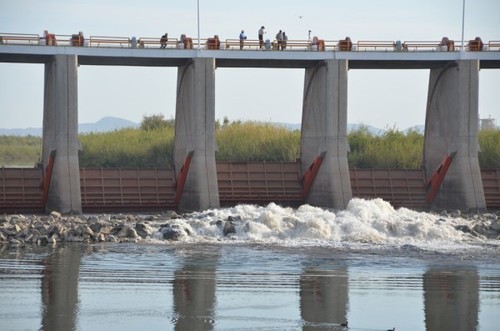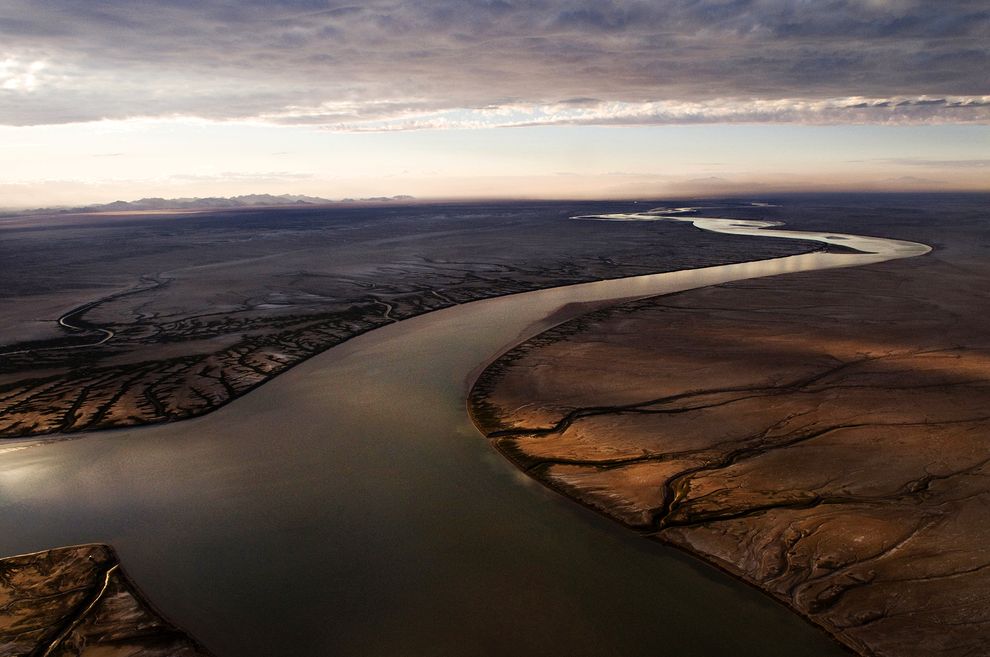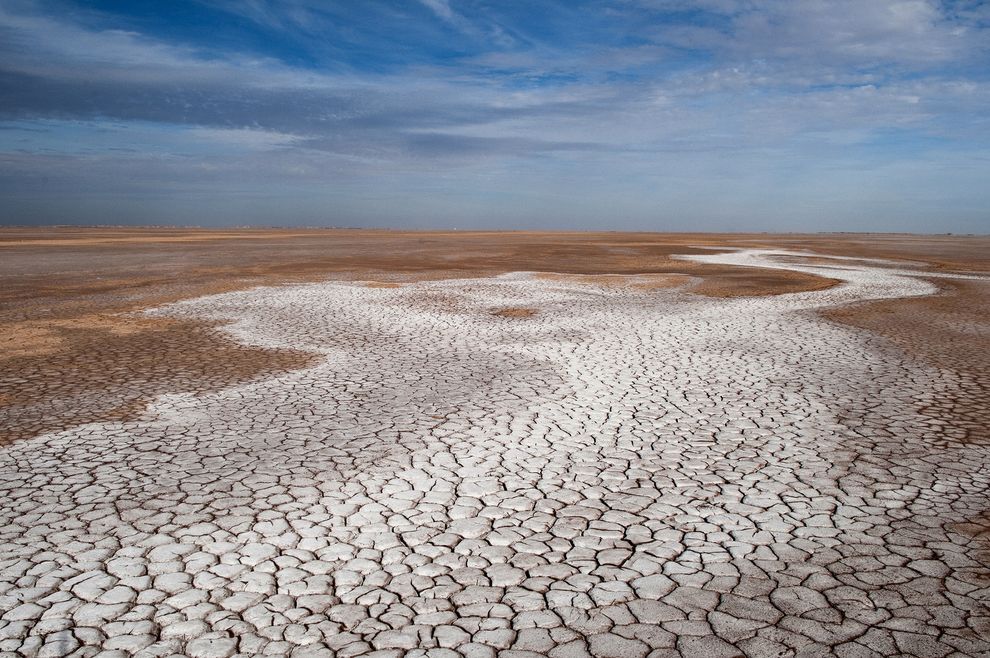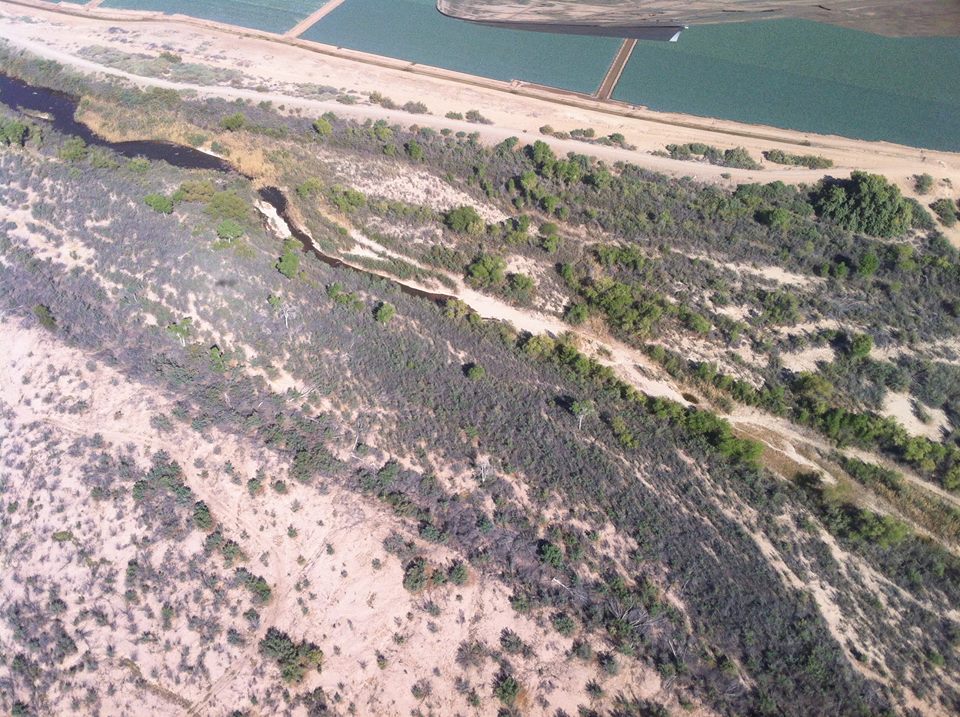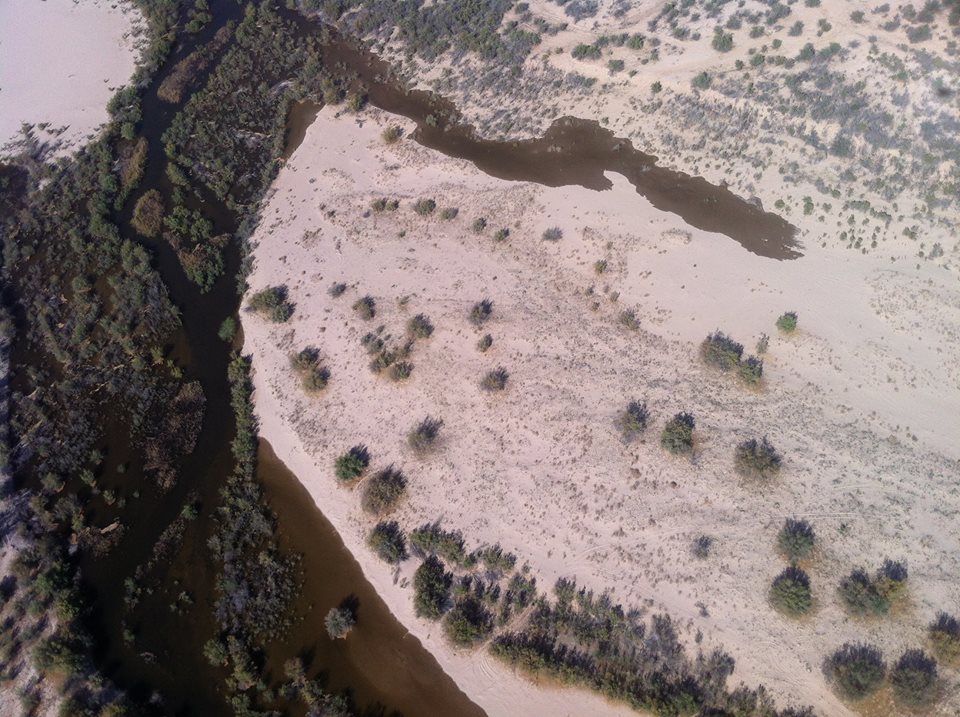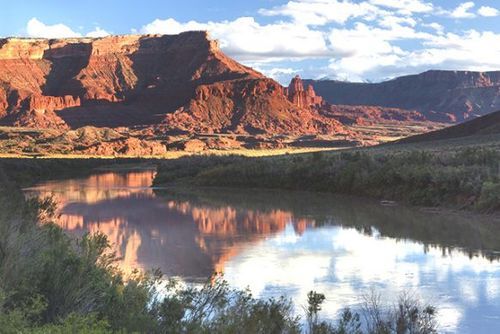
Nearly two decades ago, when I first visited the delta of the Colorado River in northwestern Mexico, I became obsessed with the idea that major rivers like the Colorado were running dry.
I knew what the Colorado Delta had once been—a 2-million-acre expanse of wetlands, lagoons, braided channels, and towering riverside cottonwoods and willows that sustained a myriad of bird and wildlife species. The great conservationist Aldo Leopold had called it a “milk-and-honey wilderness.”
But flying low over the delta on a research trip in 1996, I saw that this once lush and vast aquatic ecosystem had mostly dried out. The freshwater that had sustained it had been siphoned off to growing cities and farms in the desert Southwest. The river stopped flowing 90 miles before reaching the sea.
Sandra Postel
Takepart.com

